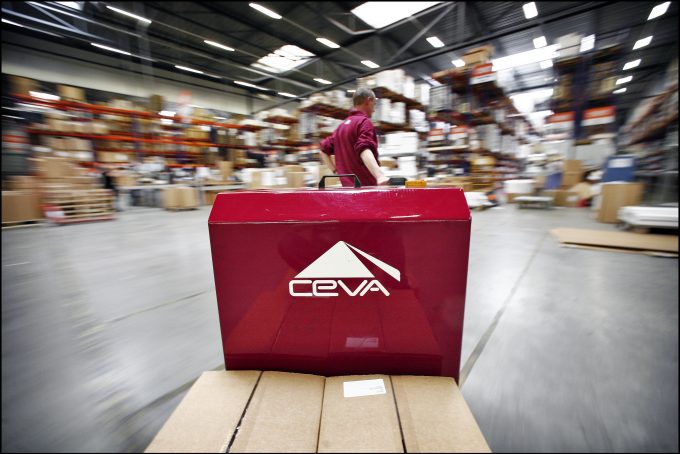CMA CGM + Bolloré Logistics – 'this is not the end of the story'
Only half way there, it seems

The day of reckoning is fast approaching for CEVA shareholders, who now have about 26 months to hope that management’s strategy pays dividends and its turnaround plan accelerates quite dramatically, given its debt maturity profile.
On the one hand, its recently released 2015 annual results showed ...
Keep our news independent, by supporting The Loadstar
Four crew members still missing as Wan Hai 503 continues to burn
Explosions and 'out-of-control' fire reported on Wan Hai box ship
Carrier price hikes hold, driving spot rates higher as space gets scarcer
Predatory rivals circle as the ripples from DSV's Schenker buy widen
MSC Elsa crew face criminal probe, as Wan Hai 503 firefighters battle on
'It's driving us mad', say forwarders as US court fails to end tariff turmoil
Transpacific rates ease as capacity boost proves too much for trades to digest

Comment on this article
Sec
March 29, 2016 at 8:01 amrevenue is not increasing … and with industry consolidation there much bigger and fitter Co now …
on Customer side they would be aware of Ceva issue for LT contracts as well and it is not helping the story…
Alessandro Pasetti
March 29, 2016 at 5:40 pmIt’s a challenging turnaround story — and needs momentum this year. Thanks much for your comment, Sec.
CEVA CONTINUE TO LIVE ON A DIET OF DEBT DEBT DEBT
July 29, 2016 at 5:30 amCEVA continue to live on a a diet of debt. Apollo may want to get out but keeps trying the same old (push the debt forward and restructure) tricks but finds it self in the same position year on year.
As the old saying goes: Insanity is defined as keeping doing the same things over and over and expecting a different result.
Global logistics with an international forwarding piece is no place for Private Equity – time to sell to anyone with a gold amex card Apollo!